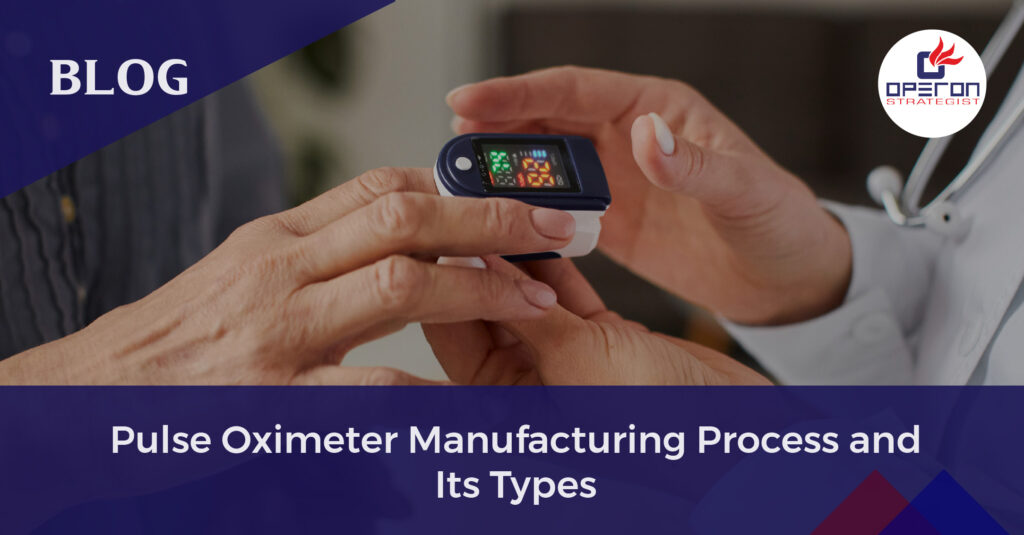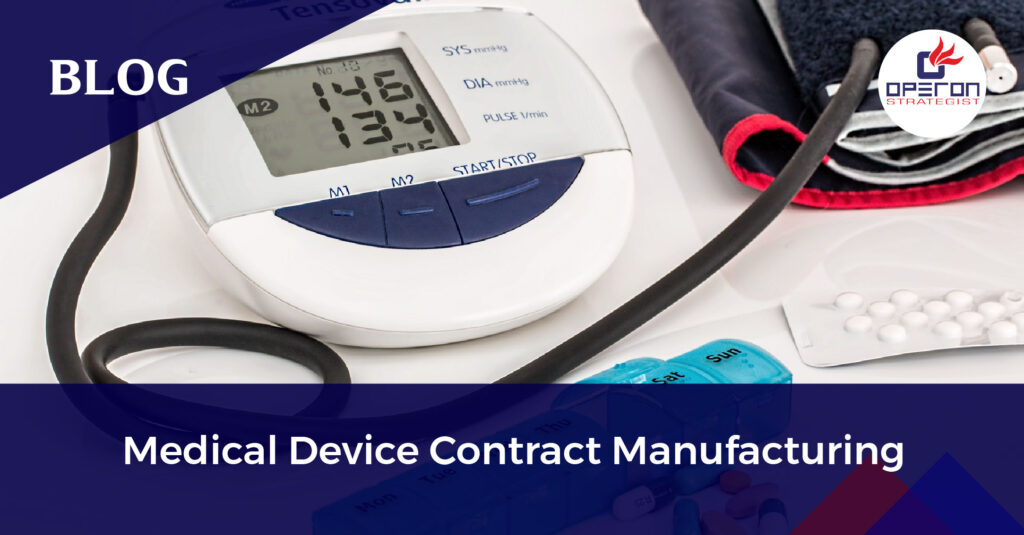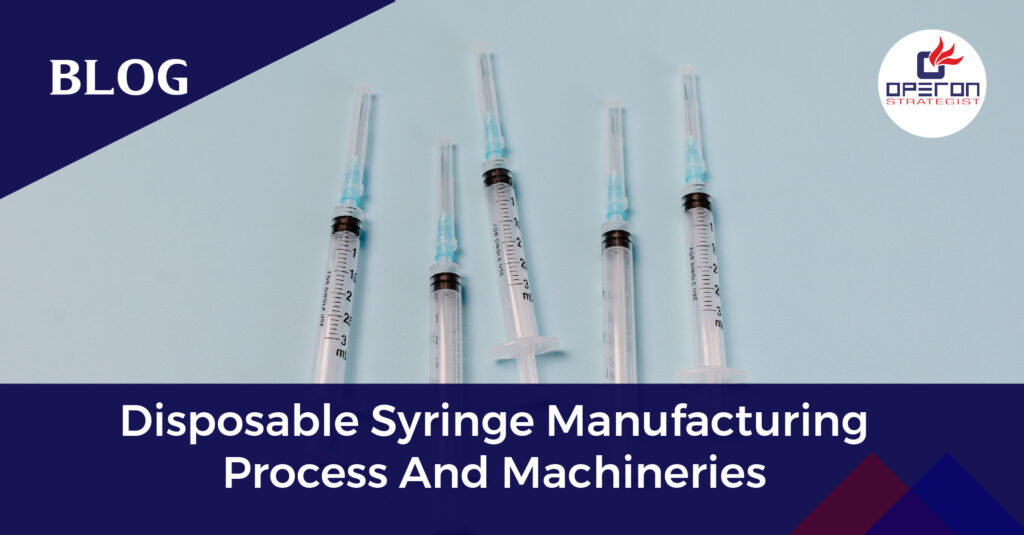An Overview of Pulse Oximeter Manufacturing
The manufacturing of oximeters, vital medical devices that measure oxygen saturation levels, poses unique challenges for aspiring manufacturers. From establishing efficient plants and ensuring product feasibility to meeting stringent regulatory requirements, the journey to producing these crucial devices can be complex. This blog aims to shed light on the process of oximeter manufacturing, providing valuable insights into layout design, clean room requirements, and the necessary steps to obtain the required regulatory approvals. By the end of this exploration, you’ll have a comprehensive understanding of the intricate world of oximeter production and the vital role these devices play in modern healthcare.
Looking for Medical Device Consultants?
Pulse Oximeter Manufacturing Process
The pulse oximeter manufacturing process involves several intricate technical steps to produce accurate and reliable medical devices. It begins with the procurement of electronic components, such as microprocessors, resistors, capacitors, and sensors, which are assembled onto printed circuit boards (PCBs) using surface mount technology (SMT). The heart of the pulse oximeter, the sensor, is integrated into the device, and calibration is meticulously performed to ensure precise measurements of oxygen saturation and pulse rate.
The pulse oximeter’s display screen and user interface components, such as buttons or touchpads, are seamlessly integrated into the design. A reliable power source, typically a rechargeable or disposable battery, is integrated with efficient power management to optimize battery life. Throughout the manufacturing process, rigorous quality control checks are conducted to ensure each pulse oximeter meets strict accuracy and performance standards. Final calibration, packaging, and labelling are followed by distribution to healthcare facilities, ensuring that these devices play a vital role in monitoring patients’ oxygen levels and pulse rates, benefiting both medical professionals and patients alike.
Machinery Used for Pulse Oximeter Manufacturing Process
- Surface Mount Technology (SMT) Machines
- Reflow Soldering Machines
- Automatic Test Equipment (ATE)
- Calibration Equipment
- Assembly and Packaging Machines
- Screen Printing Machines
- CNC Machines (Computer Numerical Control)
- Injection Moulding Machines
- Testing and Quality Control Devices
Raw Materials and Other Requirements for Pulse Oximeter Manufacturing Process
- Print circuit boards
- Electronic components
- Light-emitting diodes
- Adhesive materials
- Photodetector
- Optical components
- Display screen
- Labels and packaging materials
- Battery
- Casing material – Plastic or metal
- User interface components
Manpower Required
- Machine operators
- Skilled/ unskilled worker
- Helpers
- Manager cum Accountant
- Sales Personnel
- Marketing executive
Types of Pulse Oximeters
Finger | – Ultra-compact portable device integrated into a clip that is placed directly on the patient’s finger or toe – Battery powered – Displays the SpO2 value and can show heart rate – Normally intended for personal use and suitable for spot checks |
Handheld or Portable | – Portable device with a digital display to which various sensor sizes can be connected depending on use in adult, pediatric, child, or neonatal patients. – Battery powered – In addition to displaying numerical values and a SpO2 waveform, the oximeter can calculate and display other parameters, such as heart rate. – These devices can be used for spot checks, patient triage, or continuous monitoring; in the latter case, the alarm function must be activated. |
Tabletop | – Stationary device (tabletop, wall-, or pole-mounted) with digital display to which various sensor sizes can be connected depending on use in adult, pediatric, child, or neonatal patients. – Powered by alternating current – In addition to displaying SpO2 numerical values, the oximeter can calculate and display other parameters, such as heart rate, electrocardiogram (ECG), capnography, blood pressure, and temperature. – These devices are typically placed next to the patient’s bed and include alarm settings and trends, as they are used for patient triage or continuous monitoring |
Application of Pulse Oximeter
|
|
|
|
|
|
|
|
Need More Clarity on Pulse Oximeter Manufacturing Process?
Regulations and Standard Compliance
Pulse oximeters are medical devices, and their manufacturing, distribution, and usage are subject to various regulations and standards to ensure their safety and effectiveness. Some of the key regulations and standards regarding pulse oximeters include:
India:
- Central Drugs Standard Control Organization (CDSCO)
International:
- International Electrotechnical Commission (IEC) Standards:
- ISO 80601-2-61
- CE Marking (EU)
- FDA Regulations (USA) : under the Code of Federal Regulations (CFR) Title 21, Part 820.
- ISO 13485
- ISO 14971
Conclusion:
While pulse oximeters offer invaluable benefits to healthcare, their manufacturing process involves intricate technicalities and adherence to stringent regulatory requirements. At Operon Strategist, we understand these difficulties and having an experience of more than 10 years in the field of medical device regulations as medical device regulatory consultants we can guide manufacturers in manufacturing plant layout design, and documentation needed as per the applicable regulation.





